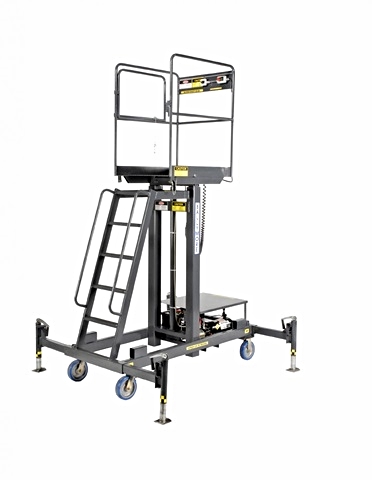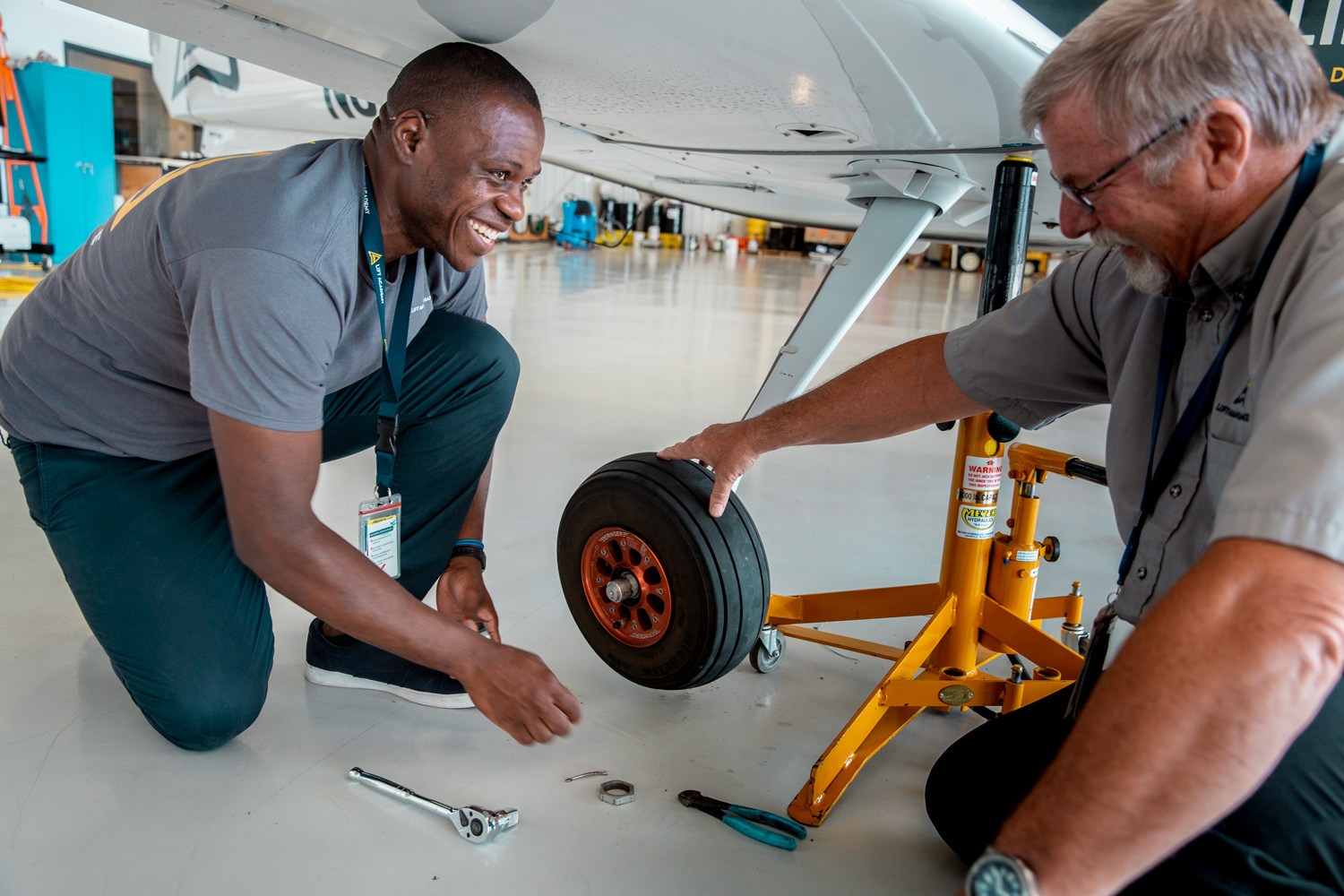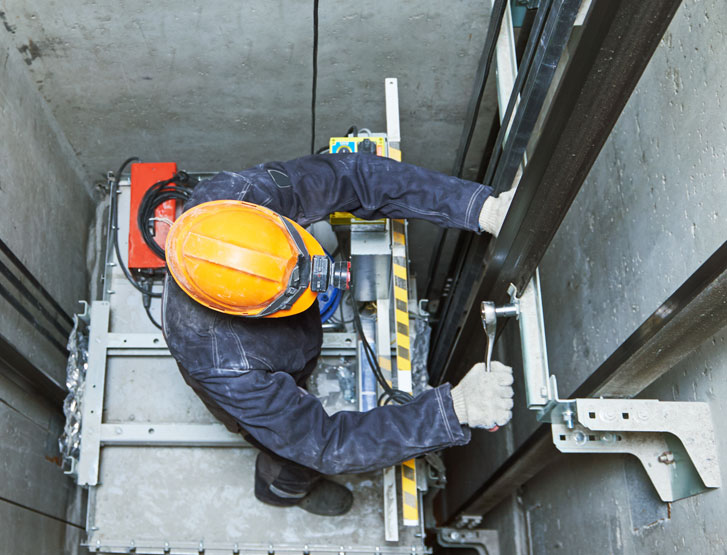Pro Tips for Keeping Your Lift in Top Problem: A Detailed Summary
Making certain the optimal functioning of a lift system is critical for a safe and reliable operation in numerous settings, from commercial storage facilities to industrial buildings. By sticking to an organized maintenance regimen and preemptively addressing possible problems, lift owners can minimize pricey downtime and safety and security risks.

Significance of Normal Maintenance
Normal upkeep of your lift is vital to guarantee its ideal performance and long life. By sticking to a regular upkeep routine, you can identify and address potential problems before they rise into pricey repair work or unexpected downtime. Regular maintenance jobs such as lubricating relocating components, checking for deterioration, and examining hydraulic systems can assist protect against malfunctions and ensure secure operation.
Overlooking routine maintenance not only endangers the performance of your lift however additionally presents safety dangers to customers and residential property. Parts that are not appropriately kept may fall short suddenly, causing crashes or damage to the lift itself. Additionally, dealing with problems beforehand with maintenance can expand the lifespan of your lift and lower the likelihood of significant failures.
Along with boosting safety and security and performance, routine maintenance can likewise save you cash over time. By investing in preventive upkeep actions, you can stay clear of costly repair services or substitutes that might arise from overlooking the maintenance of your lift. Generally, focusing on normal upkeep is vital for maximizing the functionality and long life of your lift system.
Top Components to Check

Additionally, pay close interest to the lift's safety and security functions, such as emergency situation quit buttons, safety and security sensors, and interlocking systems, to guarantee they are operating correctly. Routinely evaluate the lift shaft for particles or obstructions that could hamper the activity of the lift vehicle.
Aggressive Troubleshooting Methods
By tracking metrics such as lift speed, motor temperature level, and power intake, maintenance teams can recognize very early signs of potential concerns and take restorative actions prior to they intensify. Furthermore, executing a preventative upkeep schedule that consists of lubrication of relocating components, testing of emergency brakes, and calibration of sensing units can proactively deal with typical lift system problems.
Moreover, purchasing training programs for upkeep staff on troubleshooting strategies particular to the lift version installed can empower them to diagnose and resolve issues quickly. By remaining ahead of possible issues via proactive troubleshooting, lift drivers can make certain a smoother and much more dependable procedure while minimizing the threat of unforeseen breakdowns.
Necessary Lubrication Practices
Implementing appropriate lubrication techniques is vital for ensuring the smooth operation and long life of lift systems. Regular lubrication assists decrease rubbing in between relocating parts, stopping deterioration that can cause pricey repair services and downtime. Complying with a stringent lubrication timetable is crucial. when it comes to lift maintenance.
Choosing the best lube is the initial step in effective upkeep. Various elements of the lift system may call for details types of lubes, such as grease or oil. Seek advice from the maker's guidelines to establish the appropriate lubricants for every component.

Consistently checking the condition of lubricated parts is additionally crucial. Search for signs of too much wear, contamination, or insufficient lubrication. Deal with any issues promptly to avoid further damage and make certain the continued smooth procedure of your lift system. By prioritizing proper lubrication practices, you can expand the life expectancy of your lift and maximize its performance.
Safety Actions for Lift Operators
In order to maintain a safe working environment and promote functional effectiveness, lift operators need to carefully stick to suggested security methods, along with focusing on vital lubrication methods for optimal lift efficiency. Safety and security procedures for lift operators are important to avoid accidents and ensure the smooth performance of the lift system.
Furthermore, lift drivers must focus on personal protective tools (PPE) such as safety helmets, gloves, and safety belt when operating at heights or handling hefty loads. Clear interaction amongst drivers, maintenance specialists, and other employees is important to stop misunderstandings that can lead to accidents. Last but not least, drivers must stay watchful, concentrated, and prevent disturbances while operating the lift to ensure the safety and security of themselves and others around.
Verdict
In verdict, keeping a lift in top problem is essential for ensuring security and effectiveness in operations. Routine upkeep, extensive inspections of crucial components, proactive troubleshooting, appropriate lubrication techniques, and adherence to safety actions are important for prolonging the life-span of the lift and preventing mishaps. By adhering to these guidelines, lift drivers can guarantee the ongoing https://www.lift-maintenance-repair.co.uk/ capability and safety of their devices.
By sticking to a structured upkeep routine and preemptively addressing prospective problems, lift proprietors can reduce pricey downtime and safety risks. Regularly examine the lift shaft for debris or blockages that could hinder the activity of the lift vehicle.In order to preserve a risk-free working atmosphere and maintain operational efficiency, lift drivers have to rigorously stick to prescribed safety and security procedures, together with prioritizing vital lubrication practices for optimum lift efficiency. Safety measures for lift operators are essential to avoid mishaps and ensure the smooth performance of the lift system. Normal upkeep, detailed assessments of essential elements, proactive troubleshooting, proper lubrication practices, and adherence to safety procedures are crucial for lengthening the life-span of the lift and stopping mishaps.